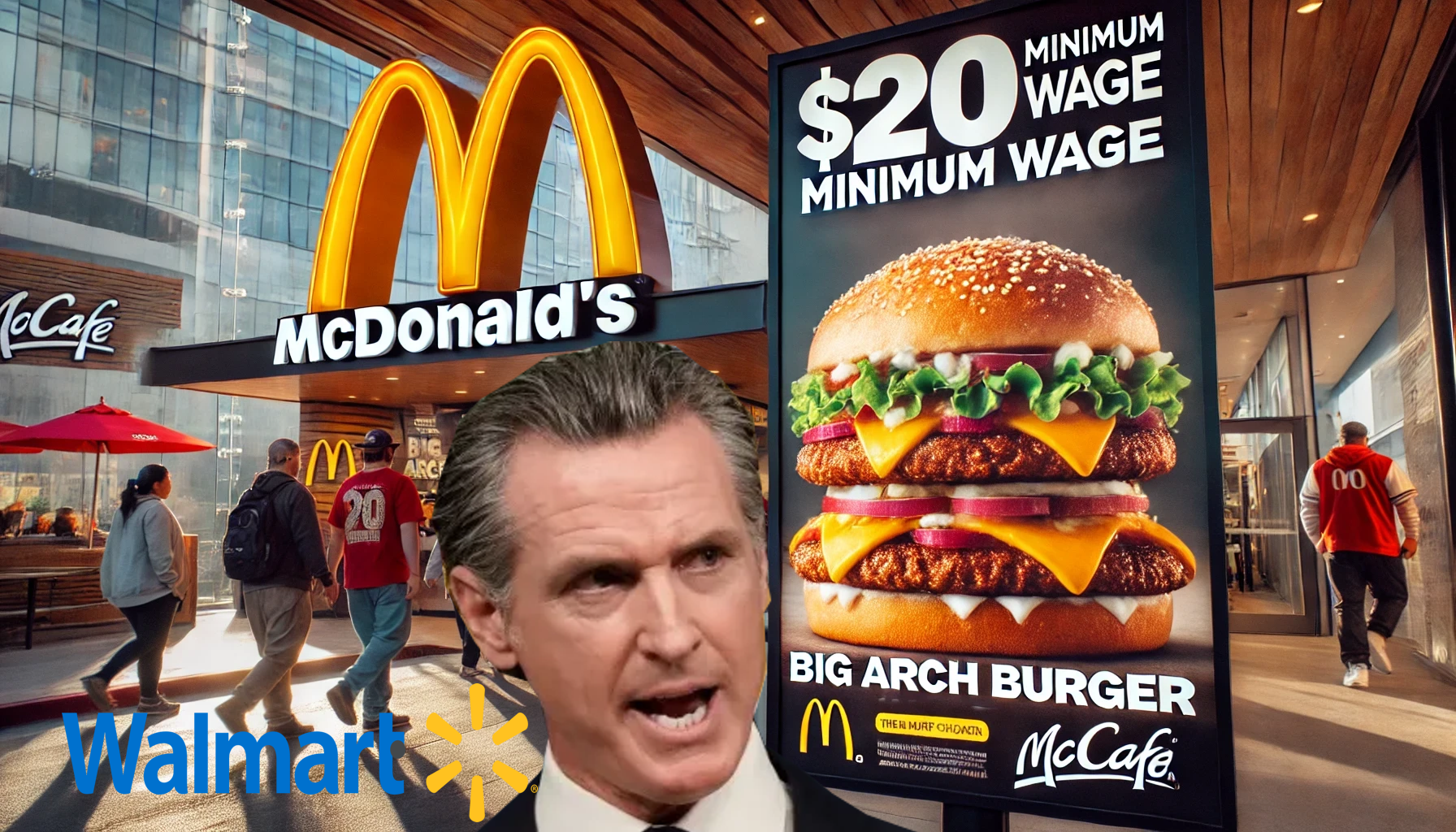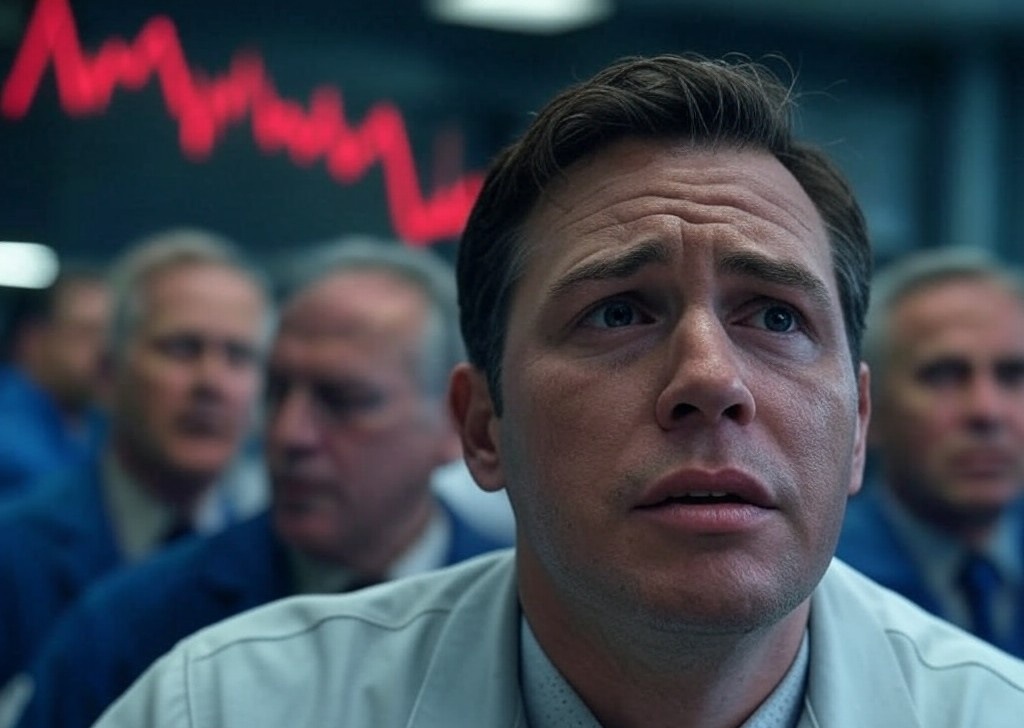McDonald’s is reducing its presence inside Walmart stores across the U.S., but in California, part of the driving force behind these closures is not just changing consumer habits but also rising costs, including the impact of Governor Gavin Newsom’s minimum wage increase. Fast food prices have already been rising, but the higher labor costs in California, driven by the state’s aggressive wage hike policies, have made fast food even less affordable for budget-conscious Walmart shoppers. As a result, McDonald’s and other fast-food chains like Subway are pulling out of Walmart locations, where low-income customers are now increasingly priced out.
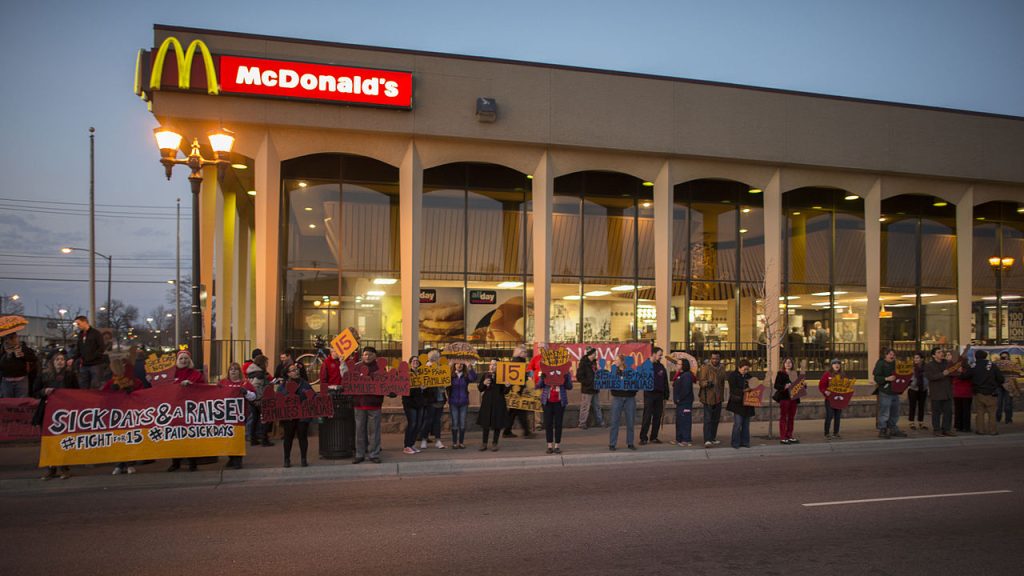
California’s push to raise the minimum wage to $15 an hour and beyond has squeezed fast-food restaurants, many of which already operate on thin margins. McDonald’s Walmart locations, which never had the same profitability as standalone stores, have been hit particularly hard. Without the ability to offer drive-thru service—a major source of revenue for fast-food chains—these Walmart outlets are now less viable than ever in a state where labor costs continue to rise. While McDonald’s standalone stores have more flexibility to manage costs and leverage their drive-thru sales, the Walmart-based locations, reliant on foot traffic, are feeling the strain.
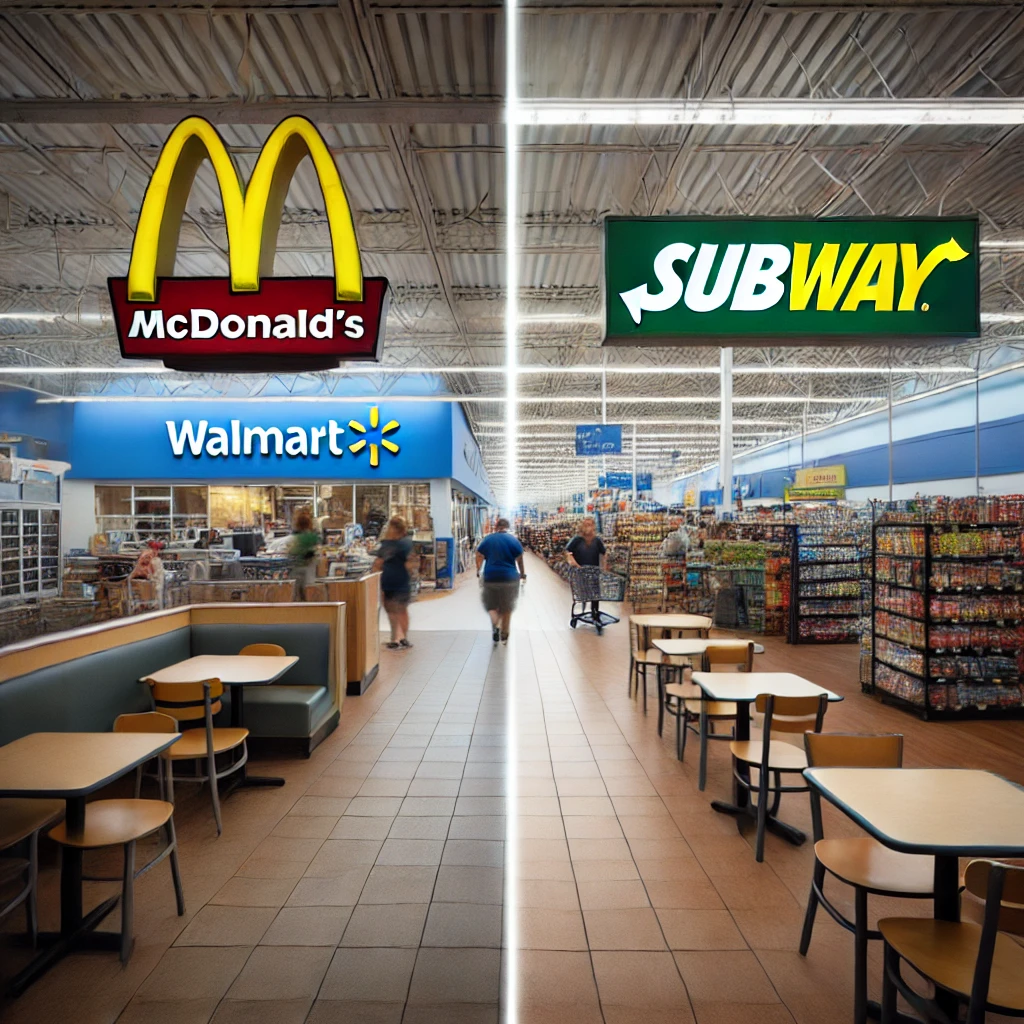
The pandemic only worsened the situation. Sit-down dining options were largely shut down or severely restricted, forcing customers to rely even more heavily on drive-thrus and contactless pick-up services. Unfortunately, the Walmart-based McDonald’s locations, lacking those options, saw a sharp decline in sales. At the same time, Walmart shoppers—many of whom are on tight budgets—have become more price-sensitive. The combination of higher wages and fewer customers has made it increasingly difficult for McDonald’s to justify keeping these locations open in California, where the cost of doing business continues to rise.

Fast food prices have been increasing across the country, but the impact of California’s wage hike policies has been particularly stark. For Walmart shoppers, the option of grabbing a quick, affordable meal at McDonald’s is no longer as appealing as it once was. With prices rising to cover the higher wages, many budget-conscious customers are simply unable to afford what was once seen as a low-cost dining option. For those shopping at Walmart, where affordability is a key selling point, this rise in fast-food prices has made them reconsider even the convenience of grabbing a meal at McDonald’s or Subway.
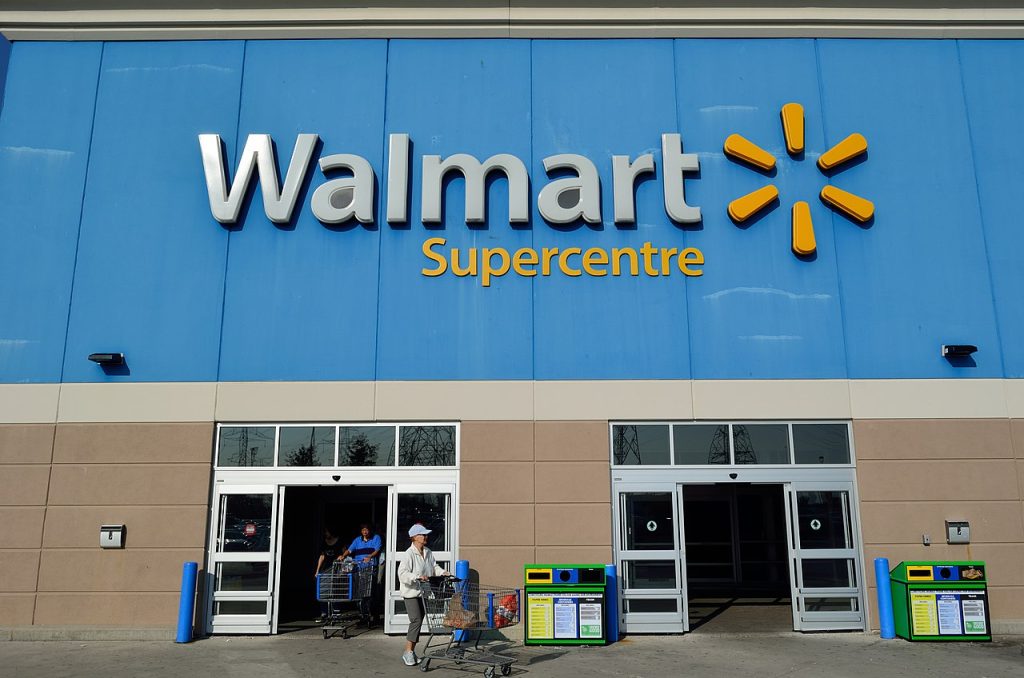
Walmart itself has been forced to rethink how it uses the space left behind by these fast-food closures. The retail giant has already been exploring new dining and service options that better fit the needs of its customers. As more McDonald’s and Subway locations close due to declining sales, Walmart is looking at alternatives that don’t rely as heavily on foot traffic and in-store dining. Ghost kitchens, for example, which prepare meals for delivery or takeout from multiple restaurant brands, are becoming a more attractive option. Additionally, Walmart is converting some spaces into service centers, offering everything from tool rentals to beauty services, in an effort to keep up with changing consumer demands.
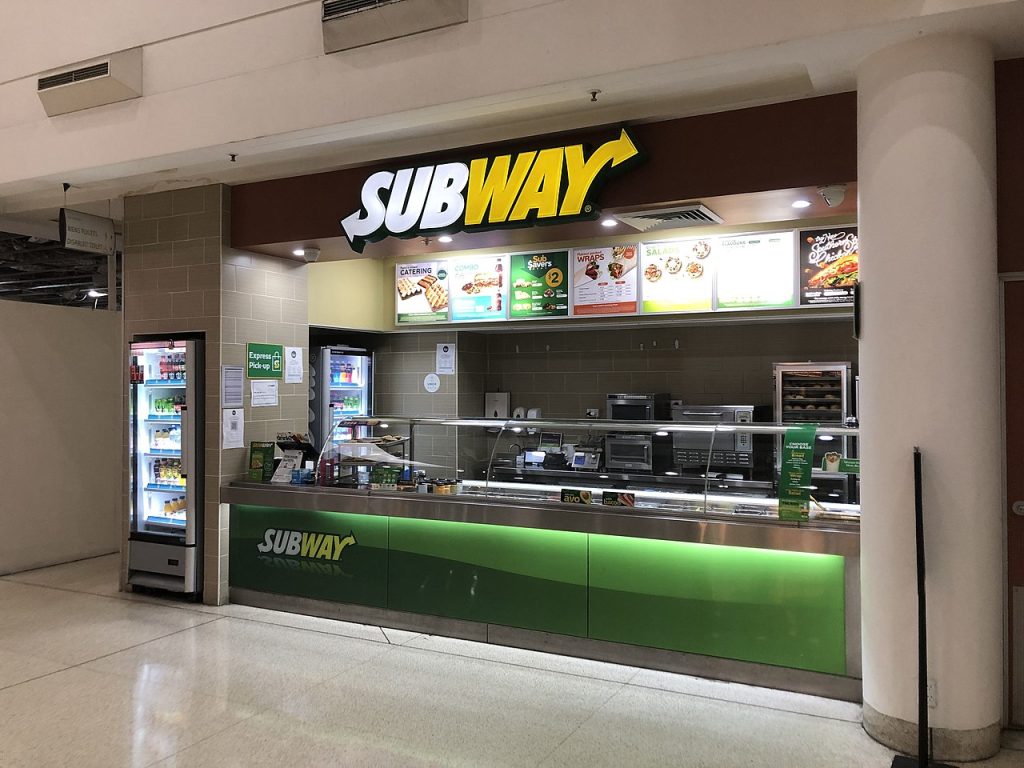
The departure of McDonald’s and Subway from Walmart locations in California is just one part of a broader trend affecting the fast-food industry in the state. Rising wages have made it harder for fast-food chains to maintain their traditional pricing models, especially when combined with the post-pandemic shift toward more convenient, off-premise dining options. Chains like Sweetgreen, Shake Shack, and Chipotle are increasingly relying on drive-thrus and contactless pickup to meet customer demand, but these models are not always feasible inside Walmart stores, further complicating the situation for fast-food brands.
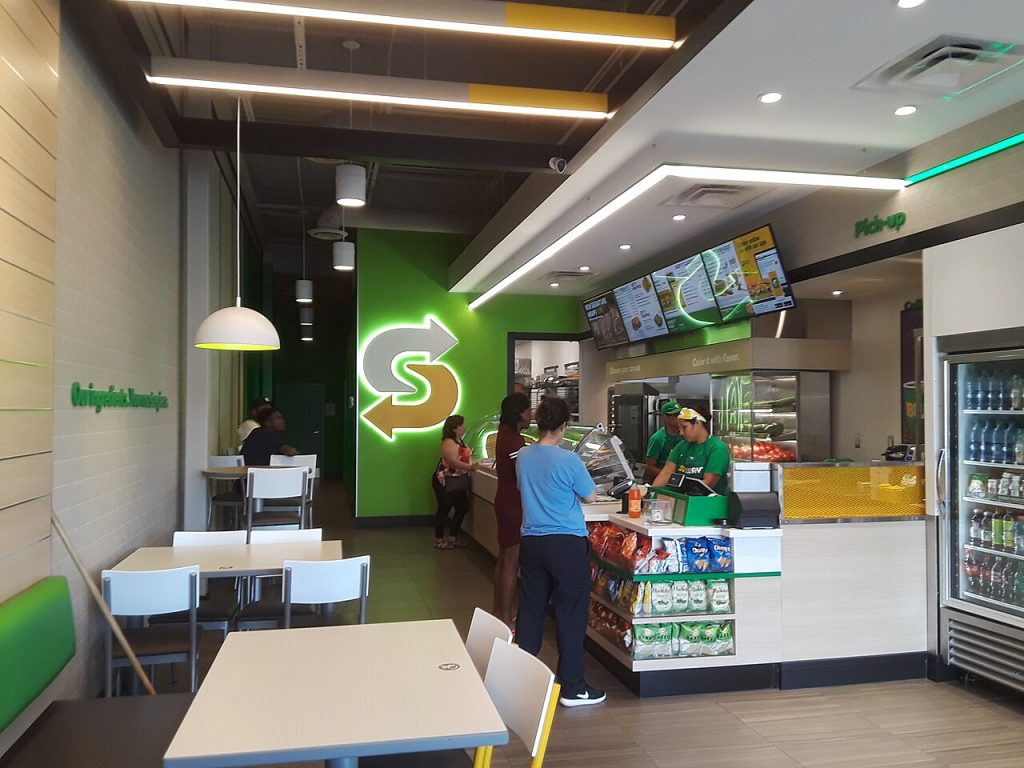
Subway franchisees, too, have been closing locations inside Walmart across California, facing the same rising labor costs and dwindling foot traffic. In fact, the fast-food industry as a whole has been retreating from in-store dining experiences in favor of drive-thru lanes and delivery options. McDonald’s, Subway, and even Dunkin’, which recently exited hundreds of Speedway locations, are rethinking their strategies as customers become more price-sensitive and prioritize convenience over sitting down for a meal.
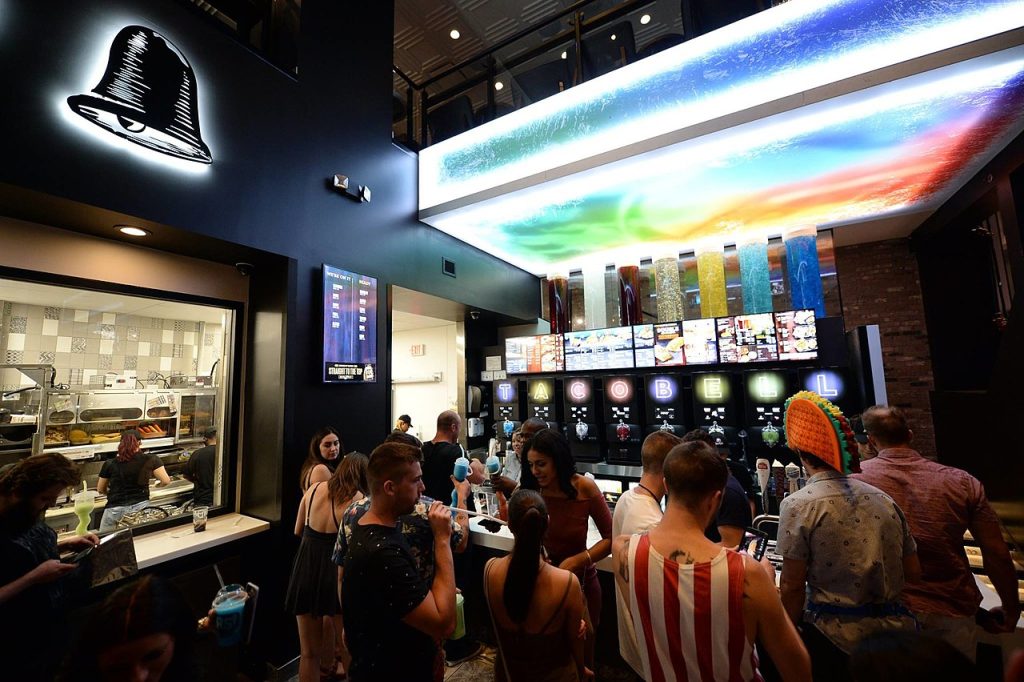
While McDonald’s and Subway are scaling back, other fast-food chains, such as Taco Bell and Domino’s, have started moving into the vacant spaces left behind. These brands have been more aggressive in adapting to the new realities of fast-food dining, particularly by emphasizing drive-thru and takeout options. Still, even these chains must navigate the challenges posed by California’s rising labor costs, which continue to push prices higher for consumers.
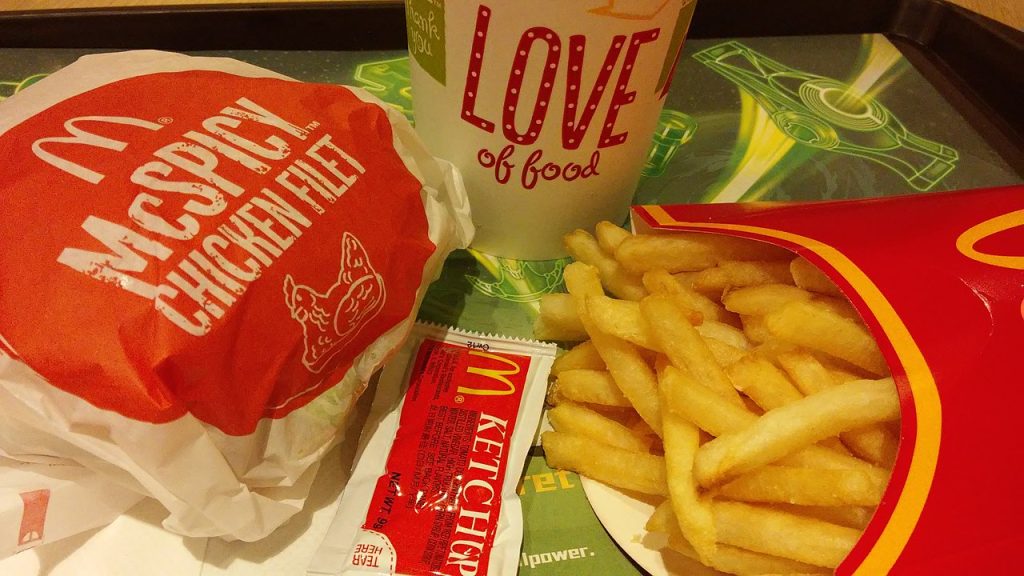
Governor Newsom’s minimum wage increases, while well-intentioned, have had a clear impact on the fast-food industry in California. As wages rise, so do menu prices, making it harder for low-income customers, such as many Walmart shoppers, to afford a meal. While some chains have managed to adapt by embracing new business models or expanding drive-thru services, others, like McDonald’s and Subway, are finding that their traditional in-store locations, particularly inside Walmart, are no longer financially sustainable in this high-cost environment.
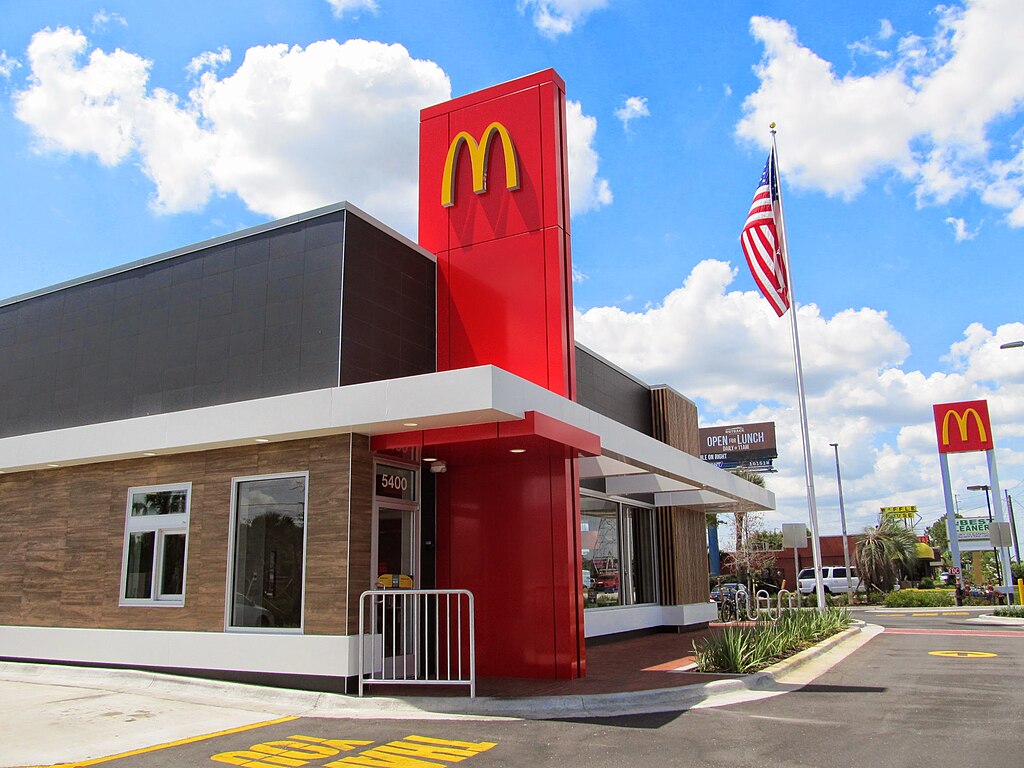
Ultimately, McDonald’s decision to scale back its Walmart locations in California highlights the broader challenges facing the fast-food industry in the state. As labor costs rise and consumers become more price-sensitive, fast-food chains are being forced to adapt or exit certain markets. For Walmart shoppers in California, this means fewer affordable dining options and a shift toward a more streamlined shopping experience that reflects the new realities of fast-food economics in the state.

